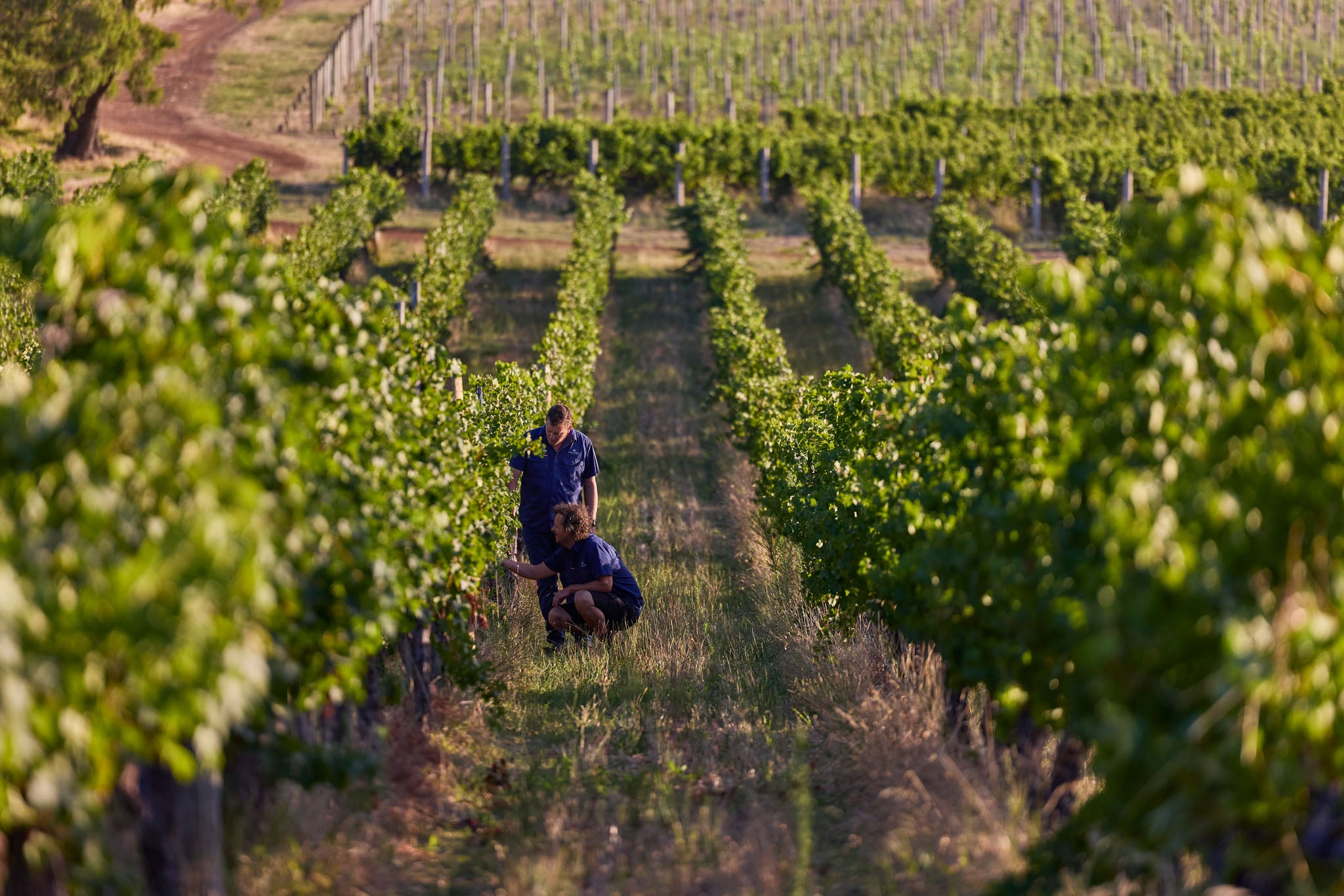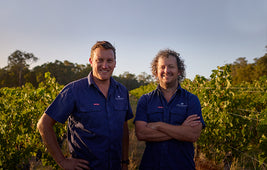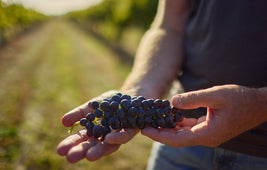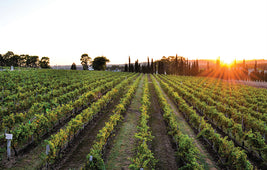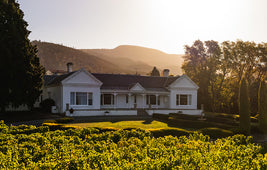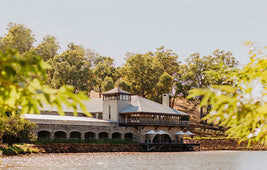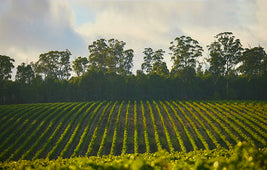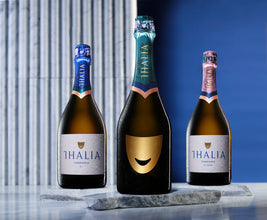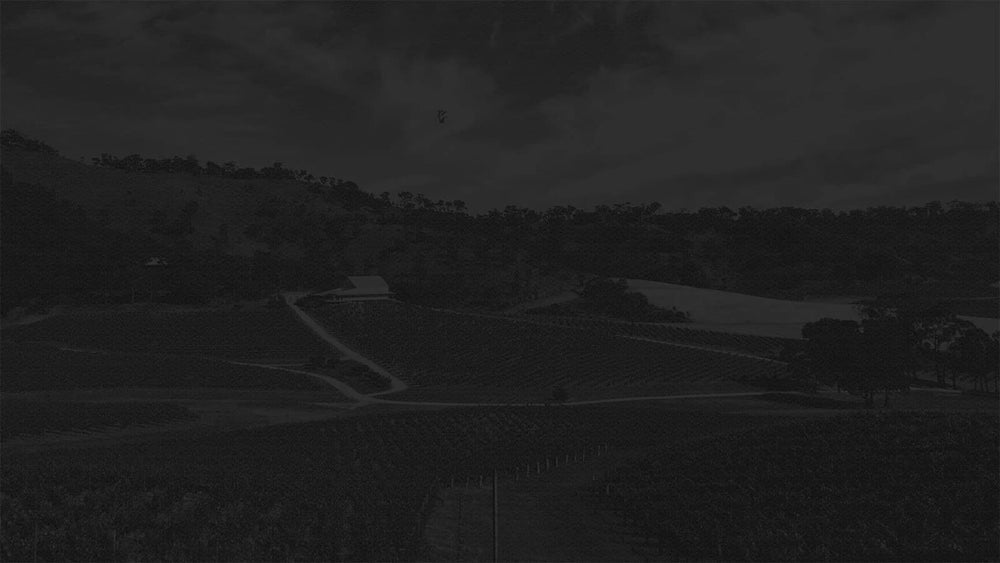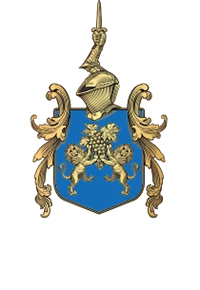Celebrate Riesling Day With Us

Riesling is known as one of the finest white grapes in the world and is considered one of the 'noble varieties'. The best Riesling wines are elegant, racy and can become increasingly complex with age.
What is a noble grape variety?
The six noble varieties are: Cabernet Sauvignon, Pinot Noir, Merlot, Chardonnay, Sauvignon Blanc, and Riesling.
The term cépage noble or 'noble variety' was originally coined by French King Louis XIV during his reign from the late 1600s to the early 1700s as . The term refers to internationally recognised varieties planted in major wine-growing regions around the world, that reliably produce high-quality wines. As well as this, 'noble varieties' are also known for expressing the terroir of the place they are grown in.
Riesling Around the World
Riesling is now grown and enjoyed in most wine-producing countries of the world, however it originates from Germany's Rhine region. Dating back to the 15th century, the first documented mention of Riesling reveals its early cultivation in the monastic vineyards of the Rhineland. This aromatic variety flourished in the cool climates and slate-rich soils of this wine-growing region. With its diverse terroirs ranging from the Mosel's steep slopes to the Pfalz's sun-drenched vineyards, Germany produces a wide spectrum of Riesling styles, from bone-dry to lusciously sweet.
Did you know that Germany has a strict Riesling classification based on the sugar levels found in each wine?
- Kabinett: Considered “off-dry”
- Spätlese: Riper and sweeter than Kabinett
- Auslese: Even riper than Spätlese and picked from hand-selected grapes with noble rot (botrytis)
- Beerenauslese: Sweeter and more viscous than Auslese
- Trockenbeerenauslese: Even sweeter and more viscous than Beerenauslese
- Eiswein (or ice wine): The sweetest, most viscous, and most expensive style
Within Europe, Riesling is also famously produced in Austria and the Alsace region in France. In the Alsace region of France, Riesling takes on a drier profile, showcasing crisp acidity and floral notes.
The 19th century saw Riesling's expansion beyond Europe reaching the New World, and has found new homes in Australia, New Zealand, and the United States. Each region imparts its unique stamp on Riesling, showcasing the variety's remarkable ability to reflect terroir and adapt to different winemaking styles.
What Does Riesling Taste Like?
Riesling's flavor profile balances aromatic intensity, crisp acidity, and elegant fruit notes.
The variety's signature natural acidity often lends itself to producing wines with remarkable aging potential, as well as providing a refreshing and lively structure to the wine.
Riesling is renowned for its aromatic intensity, with floral notes of jasmine, honeysuckle, and elderflower. These aromas are often accompanied by subtle mineral undertones and an array of fruit flavors, from zesty citrus (lemon, lime) to orchard fruits (apple, peach).
The level of sweetness also widely varies, allowing for a diverse range of styles, from bone-dry to sweet dessert wines.
How Should You Serve Riesling?
Serving Riesling at the right temperature enhances its aromatic complexity and flavor profile. For most styles, a temperature range between 7°C to 13°C is ideal.
Chill the wine, but avoid over-chilling, as extremely cold temperatures may mask its delicate aromas.
Consider using a tulip-shaped glass to concentrate the aromas, allowing the vibrant characteristics of Riesling to really shine.
Riesling and Food
Riesling's versatility at the table makes it a favorite among food enthusiasts.
Its natural acidity complements a variety of dishes, making it an excellent choice for both savory and sweet pairings. From spicy Asian cuisine to creamy cheeses, Riesling effortlessly adapts depending on the style.
Pair dry Rieslings with seafood and poultry, off-dry or sweet Rieslings with spicy dishes or curries, and sweet dessert Rieslings with cheese. Delish!
Riesling in Tasmania
Riesling is one of the world's most respected cool climate grape varieties and Tasmania has become known as an up-and-coming Riesling region, providing an ideal climate for Riesling vines to thrive.
The island experiences a maritime climate, lending cooler temperatures and an abundance of sunshine. This allows rich fruit flavours to develop alongside a racy natural acidity – both hallmarks of high-quality Riesling wines.
Our latest release, the Strelley Farm Estate 2022 Riesling, is made in a dry, zippy style, bursting with lemon curd, florals and red apples, with a refreshing lime acidity. This new wine defines pristine, cool climate Riesling from Tasmania.
Strelley Farm Estate 2022 Riesling
Light-medium yellow, bright, with a savoury bouquet, nutty, pencil-shavings aspects suggest some barrel work. There's attractive lemon-pith, peppery fruit as well. Soft, open-knit and fuller style of palate, which has a faint tickle of mid-palate sweetness then is dry and balanced to finish. Medium length. A fine wine, starting to develop a little toastiness.
- 91 Points, Huon Hooke, The Real Review 2023





